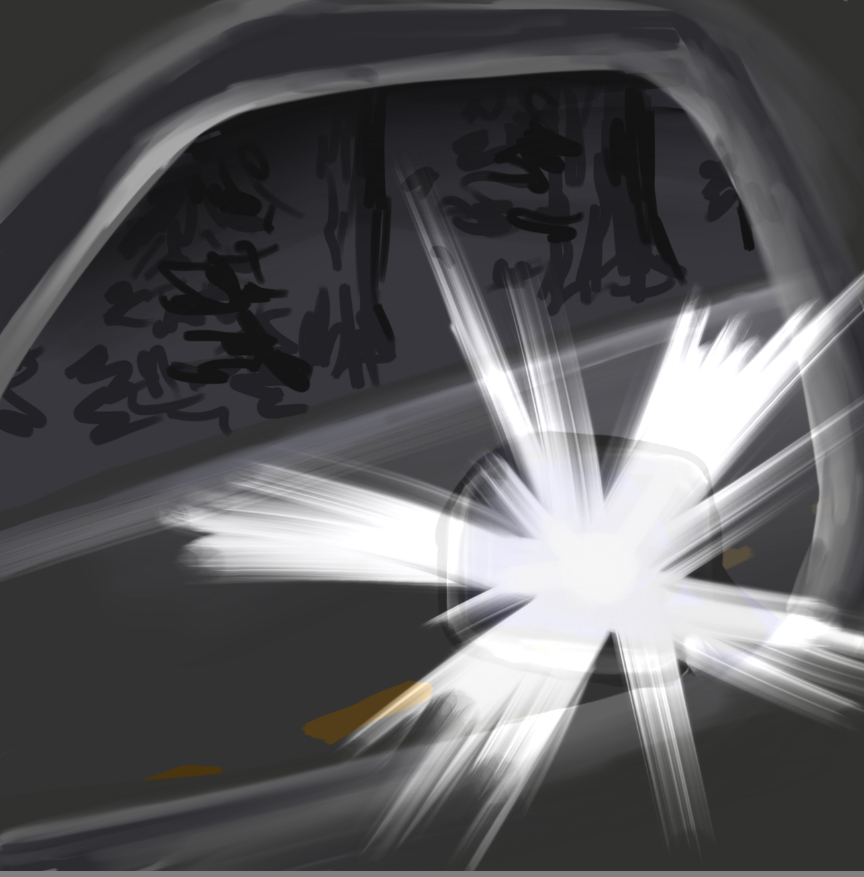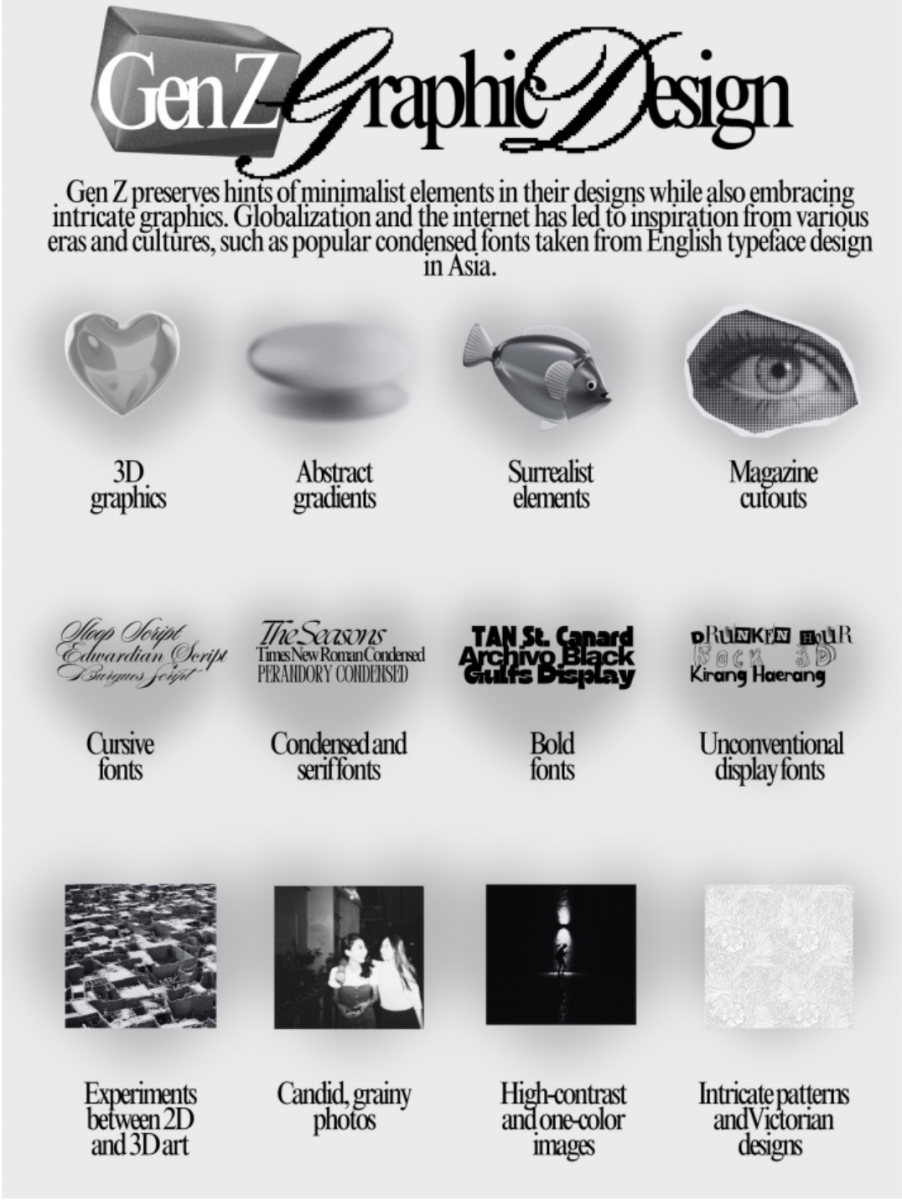The headlights in new vehicles are dangerously bright. Night driving makes it feel like you’re getting flash-banged every time an oncoming car passes. “People aren’t imagining things,” says Mark Schieldrop, the Senior Spokes-
person for AAA New England, “headlights are much brighter than they used to be even just a few years ago.” Most new cars have LED lights that range from 4,000 to 12,000 lumens, which is at least four times stronger than previously installed halogen lights that use 1,000 lumens.
But why do we need more than 1,000 lumens in our headlights? Natalia Chekhovskaya, executive director of advanced manufacturing at Indian River State College, says that LED headlamps use little fuel to produce more energy. LED headlights allow designers to get creative, making it a no-brainer for car manufacturers. The other argument is that more light makes driving safer. Schieldrop says that bright headlights “significantly [improve] how much [we] can see on the road,” but doesn’t mention that the light may blind drivers and distract them from the road.
Lawmakers and law enforcement need to outlaw these eye-melting LEDs. The Code of Federal Regulations (FCR) outlines that headlights must not exceed 3,770 lumens, but the Federal Motor Vehicle Safety Standards say LED headlights installed by the manufacturer are legal and that it’s illegal to replace headlights with LED bulbs. This is impossible to gauge in the real world and would never be grounds for a traffic stop, so the FCR seems pointless in this scenario.
The current remedy to this problem seems to be adaptive headlights, nicknamed “smart headlights.” These headlights curve light around the part of the road already lit up by an oncoming car to deflect the glare from the face. However, the US Highway Traffic Safety Administration ruled back in 1967 that all cars in the US are required to have separate high-beam and low-beam bulbs, which does not allow for smart headlights. This law was changed two years ago, but the implementation of smart headlights will take years for American car manufacturers, meaning we need legislation to address this glaringly obvious problem.































